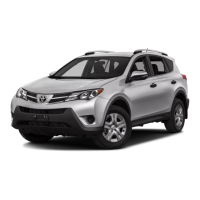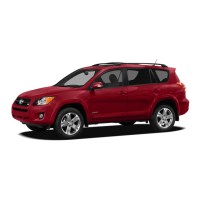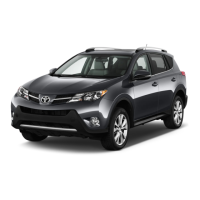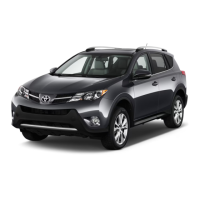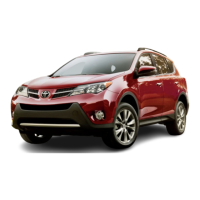386
7-2. Steps to take in an emergency
One of the following may be the
cause of the problem:
There may not be sufficient fuel
in the vehicle’s tank.
Refuel the vehicle.
The engine may be flooded.
Try to restart the engine again
following correct starting proce-
dures. (P.148, 149)
There may be a malfunction in
the engine immobilizer system.
(P.5 4)
One of the following may be the
cause of the problem:
The battery may be discharged.
(P.391)
The battery terminal connec-
■ Be careful when driving over
bumps with the compact spare
tire installed on the vehicle (if
equipped)
The vehicle height may becomes
lower when driving with the compact
spare tire compared to when driving
with standard tires. Be careful when
driving over uneven road surfaces.
■ Driving with tire chains and the
compact spare tire (if equipped)
● Vehicles with T165/80D17 104M
tire: Compact spare tires fitted to
this vehicle must have a maximum
load rating of not less than 900 kg
or a load index of 104 and a speed
category symbol of not less than M
(130 km/h).
Vehicles with T165/90D18 107M
tire: Compact spare tires fitted to
this vehicle must have a maximum
load rating of not less than 975 kg
or a load index of 107 and a speed
category symbol of not less than M
(130 km/h).
● Do not fit tire chains to the compact
spare tire. Tire chains may damage
the vehicle body and adversely
affect driving performance.
If the engine will not
start
If the engine will not start even
though correct starting proce-
dures are being followed
(P.148, 149), consider each of
the following points:
The engine will not start
even though the starter
motor operates normally
The starter motor turns over
slowly, the interior lights
and headlights are dim, or
the horn does not sound or
sounds at a low volume
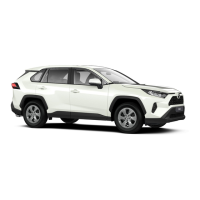
